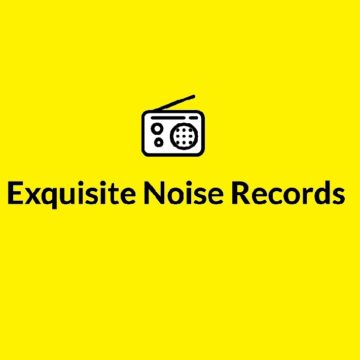Now that you have a cleaned up version of your file saved as a .wav, it is time to get it converted to an mp3 and get that song online. Either Cakewalk or Audacity will work for converting the .wav to an mp3, but for the sake of simplicity (there’s a separate program you have to search for and download online with Audacity), go ahead and open up your Cakewalk program. Import the .wav, and then under Tools, click Mixdown Audio, and select Export As Mp3. When it asks you to fill in the IDE tags, it’s important to go ahead and do this – these represent the song title, album name, year of release, etc, and will forever be linked to your track.
If you are the paranoid type, and are worried about copyright, you may want to find an online site and/or application that you can instantly upload your song to for sale. One relatively hassle free site that I know of is greatindiemusic.com, where in the space of about 5 minutes you can get your songs uploaded and have them available for sale. And while it’s not a bad idea to get your songs uploaded here anyway, I personally feel perfectly comfortable with emailing myself the track (this comes in handy down the road, too, for various other reasons), and then getting it immediately onto the much more crucial and prominent sites.
One site that appears low budget at first glance with which is absolutely essential would be ilike.com. Go ahead and set up a profile for your band here, and upload your songs, as well as a profile picture. This step is your springboard to getting music on Facebook, a must in today’s online landscape. Enter at your own risk, however: actually getting this stuff onto Facebook is reminiscent of a Choose Your Own Adventure book. One false move and you are back at start, game over.
Start by logging into your Facebook account as usual. Then, turn around and enter facebook.com/pages into the address bar. Once there, you will see a grey button a short distance down with a plus sign and the words “Create Page.” Click on that. On the next screen, under Official Page, mark the tab for “Artist, Band, or Public Figure,” and scroll down to select “Band” of course, then type in your band’s name in the box provided. Don’t forget to check mark the box saying you are an authorized representative of the band, then click “Create Official Page.”
Congrats! Your band now has a Facebook page. This is the easy part. You can upload a photo, edit your information and so forth, and then comes the really confusing, maze like corridors of actually getting some tunes on here.
In the search box, type “songs.” One of the first results that comes up, if not the very first, should be the bright orange ilike icon. Click on that, and once you’re on their Facebook page, over at the left select “Add To My Page.” At this point a pop up box should emerge, showing your band’s page. Click to add them.
Now, up in the search box, type the name of your band. Go there, to its Facebook page, and now find the blue “Music” tab in the top middle of your page. Under that, you will find a pink tab that says “Artists – bind your tab here.” Click on that, which will take you to another page. Type your band’s name in the box, and click Save. Now, where it says “Back to (your band’s name)’s Profile Page,” when you click on that, it will take you back to your band’s Facebook profile. Under the Music tab, you should now find all of your songs that you had uploaded to ilike! Voila!
For good measure, you may as well get yourself off and running by clicking on the “I Like” thumbs up icons for each of your songs, as well as your band itself. Now, you are off to the races, and the trick now becomes promote, promote, promote.
Up next: getting your music on internet radio, and every music store in the known universe.
